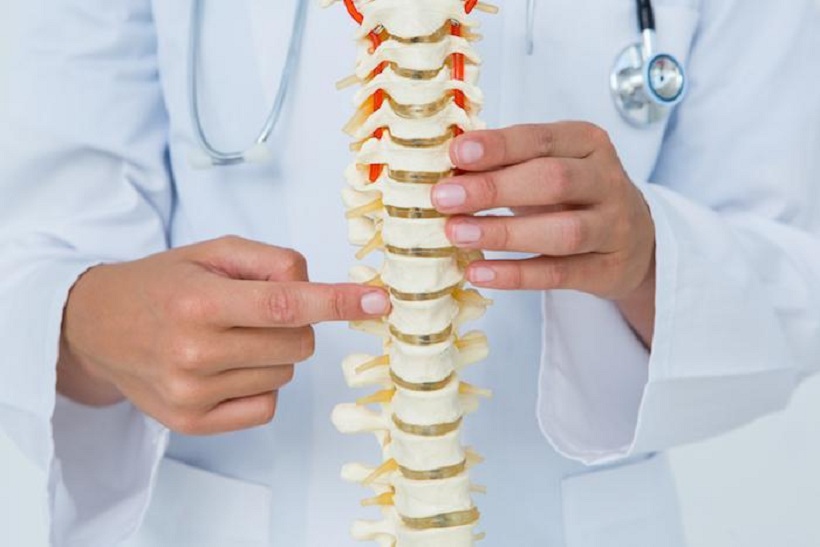As we age, our bodies inevitably experience various transformations, and the spine is no exception. This complex structure of bones, discs, muscles, and ligaments plays a crucial role in facilitating movement, maintaining posture, and protecting the spinal cord. Influences such as genetics, lifestyle choices, habitual posture, and physical wear all impact the resilience of our spine as we get older. Understanding these typical changes associated with aging can help us take active measures to maintain spinal health, ensure continued mobility, and relieve discomfort. Let’s explore how the spine evolves with age and discuss approaches to maintain its health.
The spine consists of three main sections: cervical (neck), thoracic (upper back), and lumbar (lower back). Each area might progressively degenerate over time. The vertebrae, or spinal bones, may become weaker and more brittle due to a decrease in bone density, heightening the risk of fractures, especially in cases of osteoporosis. The intervertebral discs that provide cushioning between the vertebrae dry out, leading to reduced height and flexibility. This degradation of discs can result in a shorter stature, stiffness, and diminished shock absorption, often leading to discomfort. Occasionally, this shrinkage in discs can cause spinal compression, which may irritate nerves and lead to conditions like sciatica, characterized by leg pain.
Muscles and ligaments around the spine also tend to weaken and lose flexibility as we age. Muscle mass usually starts decreasing after age 30, which can make maintaining proper posture more challenging and increase spinal strain. Ligaments, the tissues that connect the vertebrae and stabilize the spine, may become less elastic and more injury-prone, potentially causing alignment issues and postural imbalances. For example, kyphosis is a condition that results in an exaggerated upper back curve.
How we live plays a significant role in the spine’s ability to cope with aging. Keeping a healthy weight alleviates pressure on the lower back, while regular physical activity, particularly strength and flexibility exercises, can mitigate muscle loss and improve coordination to reduce the risk of falls. It’s also wise to avoid smoking, which speeds up disc degeneration and increases osteoporosis risk, to preserve spinal health.
Taking preventative actions is crucial for maintaining a strong and flexible spine. Activities such as yoga, Pilates, and physical therapy can help improve alignment, increase flexibility, and build core strength, all supporting spinal health and minimizing injury risks. Chiropractic care can also aid in correcting misalignments and easing discomfort. Furthermore, maintaining correct posture during everyday activities—whether sitting, standing, or lifting—helps avoid unnecessary strain and prevent long-term damage.
Simple changes in daily routines, like using ergonomic chairs and practicing mindful movement techniques, can significantly benefit spinal health. These adjustments promote comfort, enhance mobility, and lower the risk of chronic pain as we grow older.



